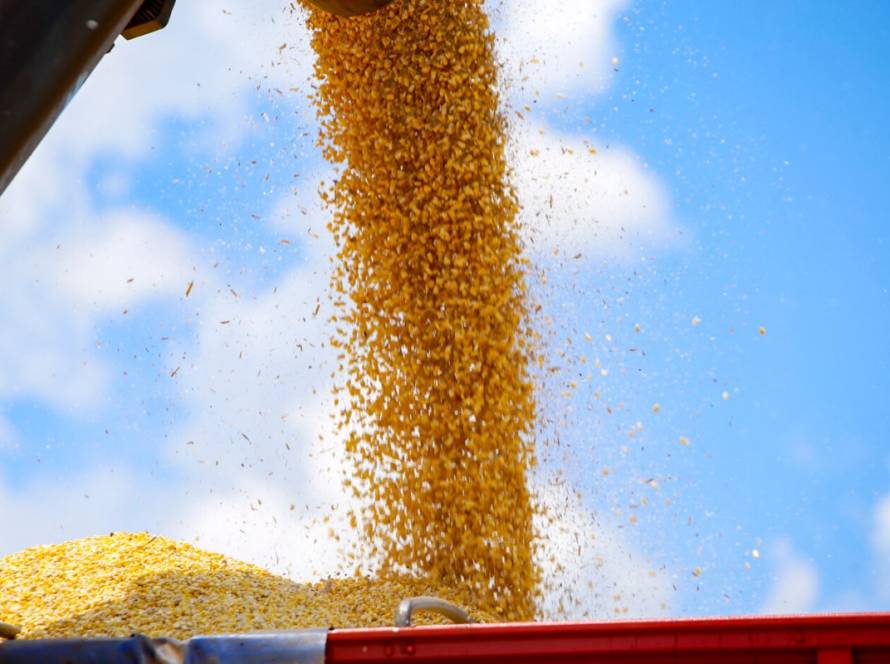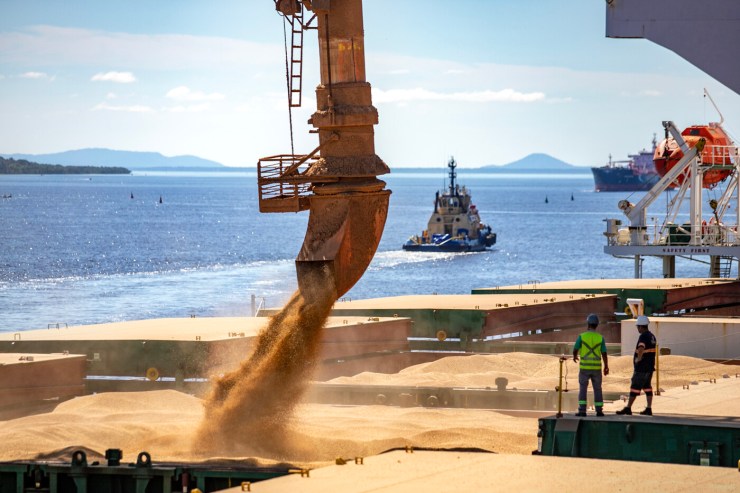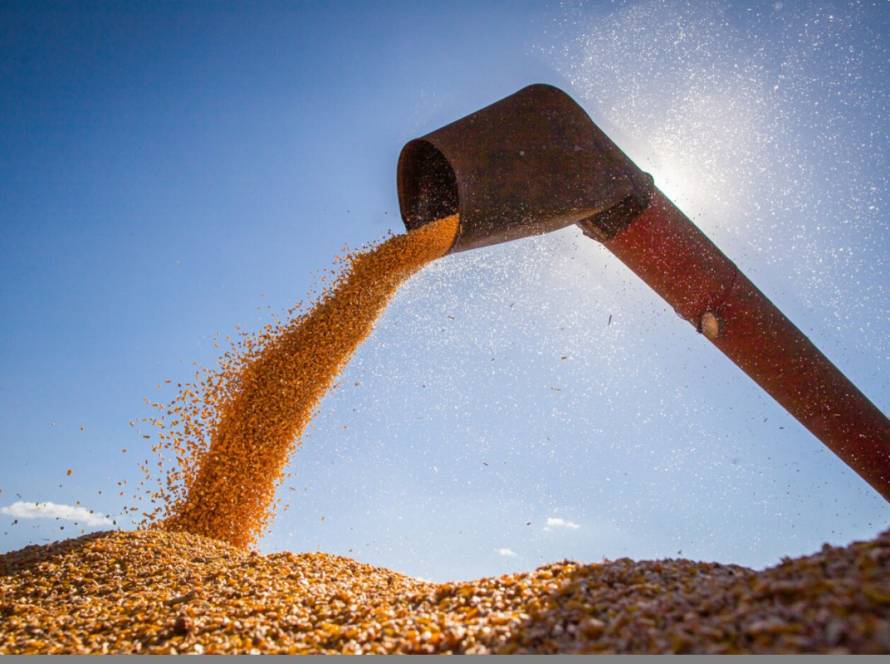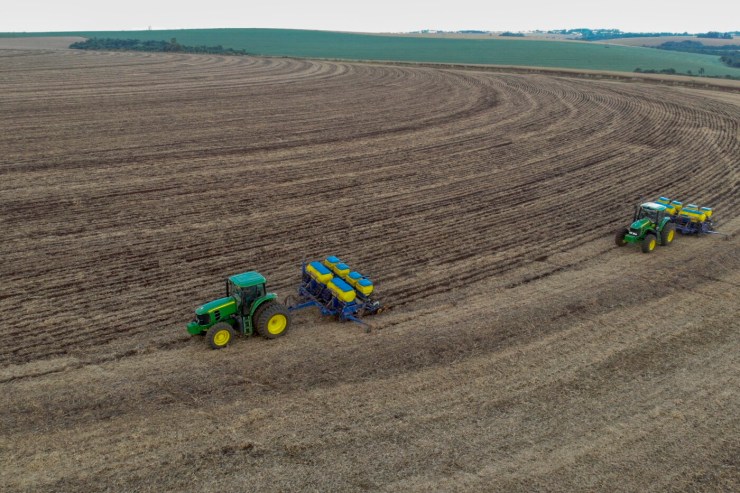Embrapa Instrumentação (São Paulo State) has developed a method that uses image sensors and artificial intelligence to identify the fall armyworm, one of the most aggressive pests in corn crops. The system analyzes digital images and identifies the caterpillar on both the plant leaf and the corn cob. This minimizes the subjectivity of traditional methods, which are labor-intensive and rely on human observation to perform the same task.
Corn is one of the most widely cultivated cereals in the world, and the fall armyworm (Spodoptera frungiperda) is one of the crop's main pests. This insect can cause losses that can compromise 70% of production, according to researchers at Embrapa. The caterpillar attacks plants in both the vegetative and reproductive phases.
Alternative method
The methodology was published in the journal Eletronicts, in the article "Computational Intelligence Approach for Fall Armyworm Control in Maize Crop," by Alex Bertolla and Paulo Cruvinel. They explain that the work was motivated by the discrepancy between the current detection method and the intended result, which led them to research an alternative for early pest detection in cultivated areas.

Photo: Joana Silva
Bertolla explains that the study focused on recognizing and classifying the dynamic patterns of the fall armyworm, which attacks various crops, including soybeans and cotton, in addition to corn. He emphasizes that the solution obtained can help agronomists and laboratories obtain more accurate results.
To facilitate image capture, a simple camera can be attached to agricultural implements to capture images of caterpillars on corn plants, both leaves and ears, while performing crop operations. The camera doesn't need to be expensive; it simply needs to produce high-resolution images.
Process integration
The method integrates digital image and signal processing, multivariate statistics, machine learning techniques, and computer vision. "Machine learning describes the ability of systems to learn from personalized problem training data to automate and solve associated tasks. Alongside this concept, deep learning is also a machine learning process, but based on artificial neural networks with a set of specific-purpose layers," explains Cruvinel.
Bertolla explains that the computational algorithm can evaluate digital images of different growth stages of the caterpillar located on corn plants, as well as their developmental stage and frequency of occurrence in the crop area. The program was developed in Python, a high-level programming language widely used in data science and machine learning.
The study evaluated a total of 2,280 images of fall armyworms present on leaves or ears in the corn cultivation area, in order to qualify five distinct stages of development of the pest during the production cycle.
Basis for future studies
Cruvinel and Bertolla report that the quality of the results confirmed their recommendation for the use of the deep learning-based framework. The data underwent analysis of accuracy, precision, processing time, and hardware performance for the proposed scenario.
"The method also showed considerable results in terms of hardware performance and processing time, which could also be interesting for future initiatives related to making this technology available in an embedded version, for use directly as part of agricultural implements," Cruvinel points out.
They suggest, for future work, including other artificial intelligence techniques dedicated to pest control for pattern recognition and classification, both in an unsupervised manner and through the use of a multispectral camera on an Unmanned Aerial Vehicle (UAV) for real-time operation.





